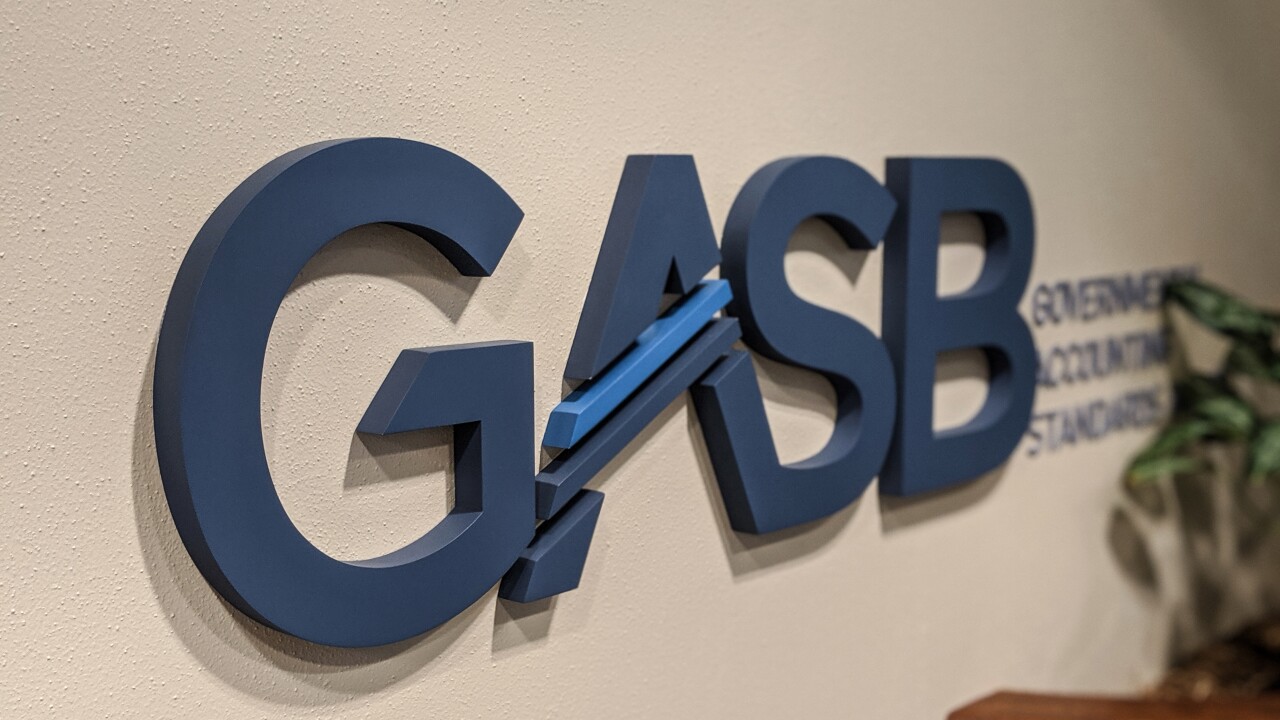California Gov. Gavin Newsom set a June 15 target to fully reopen the state's economy, as long as COVID-19 vaccinations are widely available and hospitalizations remain at low levels.
Newsom, a Democrat who faces a likely recall election this year, made the announcement Tuesday at a press conference in San Francisco with Mayor London Breed, where she said only 20 people are now hospitalized with COVID-19, a far cry from previous numbers.
Now that more than 20 million vaccines have been administered across the state of 39 million, “it is time to turn the page on our tier system and begin looking to fully reopen California’s economy,” Newsom said.

The caveat is that the vaccine supply must be sufficient for Californians 16 years and older who wish to be vaccinated, and COVID-19 hospitalization rates must be stable and low.
“The disease will set the schedule,” Newsom said. “There have been spikes in other parts of the country driven by youthful exuberance.”
California will continue “to be very sober about this,” said the governor, who didn’t stipulate when the mask mandate might end.
Businesses can reopen, but they must employ what the governor’s office called “common-sense risk reduction measures.” The state will continue contact tracing and testing to detect cases early and contain spread of the virus.
The state currently uses a
As of June 15, all sectors
Large-scale indoor events, such as conventions, will be allowed with testing or vaccination verification requirements.
Events at stadiums and other large venues will be permitted, said California Health and Human Services Secretary Dr. Mark Ghaly, but conventions with more than 5,000 people will be prohibited without some requirement for vaccines or testing until Oct. 1. The state is working on that guidance with convention center and other operators of large-scale multi-day events with both indoor and outdoor activities, Ghaly said.
The state will monitor hospitalization rates, vaccine access and vaccine efficacy against variants, with the option to revisit the June 15 date if needed, Newsom said.
“California has made incredible progress controlling the spread of COVID-19 by staying home, masking, and getting vaccines out quickly to Californians in every corner of the state, including in those communities hardest hit by this pandemic,” Ghaly said. “In order to take the next step, we must continue to do our part to keep this momentum moving in the right direction, and that means continuing to wear a mask and ensuring everyone who is eligible gets the vaccine.”
Though the state boasts a $26 billion surplus, the shut-down has resulted in the permanent closure of 19,000 small businesses, according to Senate Republican Leader Shannon Grove, R-Bakersfield, and Senator Jim Nielsen, R-Tehama, vice chair of the Senate Budget & Fiscal Review Committee.
More than 58,000 Californians have died of COVID-19, according to
California posted a 9% unemployment rate in January, more than double the 4.3% pre-pandemic level of February 2020.
While most Californians who were able to work remotely have remained economically protected from the ravages of the pandemic, others are struggling.
Nielsen and Grove recently asked colleagues to dedicate part of the surplus to paying the utility bills of low income people who have fallen behind on bills, because of their inability to work.
The Legislature approved and Newsom signed a roughly $6 billion recovery package last month that provided $600 payments to low-income residents and $2 billion of grants to businesses hurt by the pandemic.
“We can now begin planning for our lives post-pandemic,” Newsom said. “We will need to remain vigilant, and continue the practices that got us here — wearing masks and getting vaccinated — but the light at the end of this tunnel has never been righter.”





